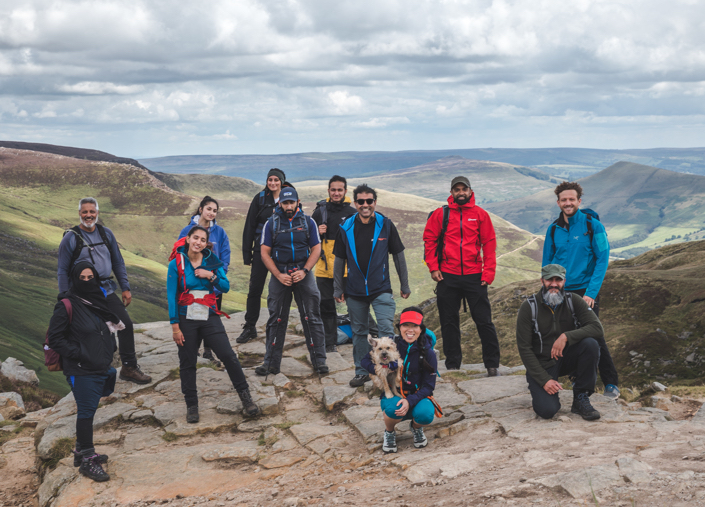The growing campaign to widen the outdoors to ethnic minorities and other underrepresented groups is the next step in the access movement, argues Faraz Shibli.
Main image: a walk organised by the Mosaic National Network and supported by The Great Outdoors and Kit Collective on Kinder Scout. Photo: Rachel Sarah
In the 19th century, the advent of the railways, increasing wages, and growing leisure time opened up areas of rural Britain to more visitors than ever before. Hillwalking grew in popularity among the middle classes, who set up mountaineering clubs and ventured into remote areas with greater ease.
This led to tension between the traditional view of the countryside as the home of agriculture and private, aristocratic sports – hunting, shooting and fishing – and an emerging post-romantic view of the outdoors as a place for public recreation, including walking and climbing. Conflict arose when landowners blocked access to their land – and so began the drawn-out struggle to establish a legal right to roam.
The interwar period saw much greater social change. A new breed of working-class walkers and climbers emerged in the 1930s. Escaping urban deprivation, they embraced the health and wellbeing benefits of the countryside – their green lung – often hitchhiking and sleeping in bothies. Excluded from some of the older mountaineering clubs, they set up their own.
‘Foreign-sounding’
But it was still common for ramblers to be beaten back by gamekeepers, with the working class in particular having no redress. So, in 1932, walkers from Manchester and Sheffield staged a mass trespass on Kinder Scout in the Peak District. Organised by Benny Rothman – a British Workers’ Sports Federation official and the son of poor Romanian-Jewish immigrants – hundreds of hillwalkers marched on the plateau. A number of them, including Rothman, were arrested and jailed following violent clashes with keepers; and trial by a judge who pointedly referred to “the foreign-sounding [Jewish] names of two or three of the defendants”.
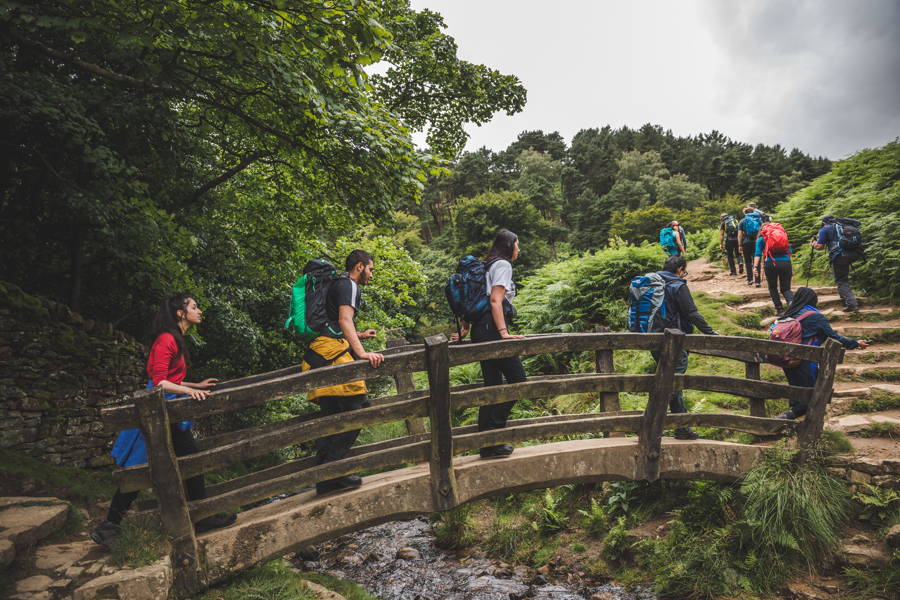
A walk up Kinder Scout organised by the Mosaic National Network. Photo: Rachel Sarah
While controversial at the time, this act of civil disobedience focused public attention on the case for a right to roam, paving the way for the establishment of the national parks in the 1950s. Eventually, after the year 2000, significant access rights to certain parts of the English and Welsh countryside followed, as did more comprehensive rights in Scotland.
Although the vast majority of land is still privately owned and most of it remains off limits to ramblers in England and Wales, the right to roam movement represents the democratisation of the British countryside and its reframing as a national resource for the health and recreation of anyone and everyone. But almost 90 years after the Kinder trespass, is it really ‘open’ to all?
1% of visitors
Sadly, the statistics suggest otherwise, with people from lower socio-economic groups and ethnic minorities significantly underrepresented. According to the 2019 Landscapes Review of England’s National Parks and Areas of Outstanding Natural Beauty, 18% of children living in the most deprived areas never visit the natural environment at all, and the number of children going on school trips to the countryside is just 6 to 7%. Ethnic minority kids are particularly affected, as they mainly live in cities. In fact, children from visible ethnic minorities visit national parks 10% less than youths from deprived backgrounds in general.
This underlines the importance of family and friends introducing young people to the countryside. But these experiences are less likely to happen in families where there isn’t someone who can show kids how to use a compass or read an OS map. Similarly, studies have shown representation is an important driver of participation – just look at the growth of women’s football following efforts to promote and normalise girls’ involvement in the sport. Yet ethnic minorities barely make up 1% of visitors to national parks and are rarely reflected on outdoors TV shows and in brand advertising.
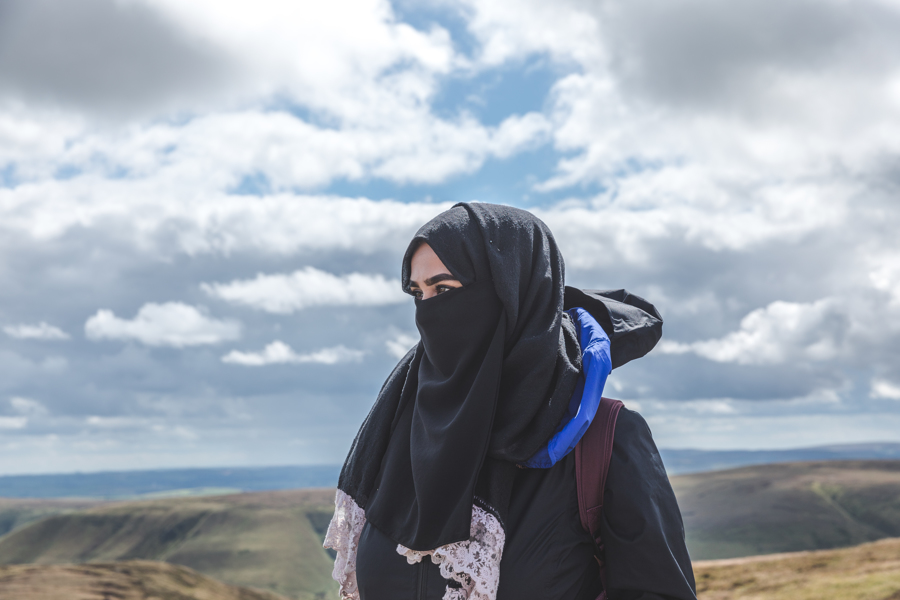
Lancashire hiker Amira (Instagram: @amira_thewanderlust) on Kinder Scout. Photo: Rachel Sarah
All of this goes to show that ‘access’ cannot just be thought about in legal terms – it has a social dimension too, incorporating things like culture, perception and prejudice. Failing to address this not only denies underrepresented groups the health benefits green spaces bring, but it’s bad for these places themselves. After all, a population that is unengaged with the countryside, when translated at elections, doesn’t bode well for nature. But the Landscapes Review found that both ethnic minorities and white people saw the countryside as very much a ‘white’ environment.
The next step
Although the ‘access’ issues facing ethnic minorities today aren’t the same as those faced by Rothman, these feelings of alienation echo the exclusion of the working class from outdoor recreation. It took social upheaval after the First World War to kickstart change, and some sort of shift is needed now. In fact, it’s already beginning to happen. Not unlike the working-class mountaineers who formed their own clubs in the 1930s, organisations such as Black Girls Hike and Black2Nature are carving out new spaces, building on work already done over recent decades by the likes of the Outward Bound Trust and the Mosaic National Network to encourage ethnic minorities, women and underprivileged kids to engage with nature.
At its heart, the struggle for a right to roam is a democratic movement – one that seeks equality of access for all. Surely widening our understanding of access to incorporate the social barriers faced by ethnic minorities and other underrepresented groups is the natural next step of this historic journey.
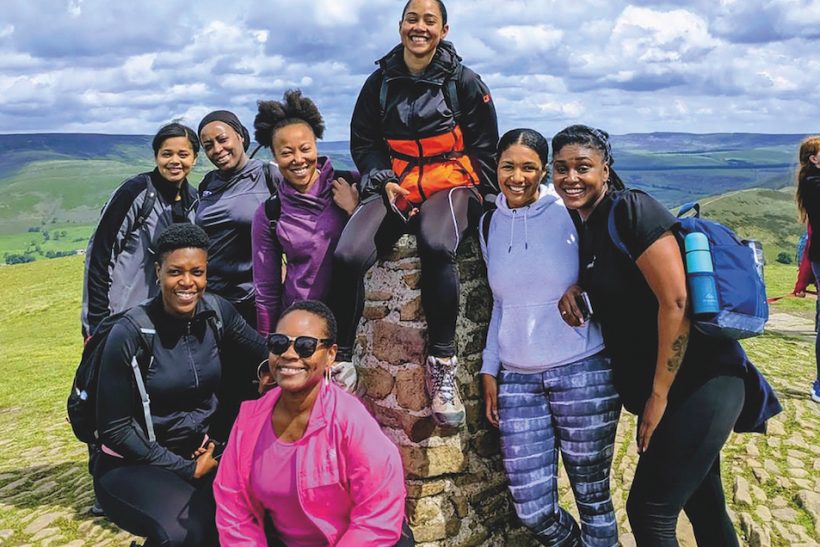
A walk led by Black Girls Hike on Mam Tor. Photo: Rhiane Fatinikun
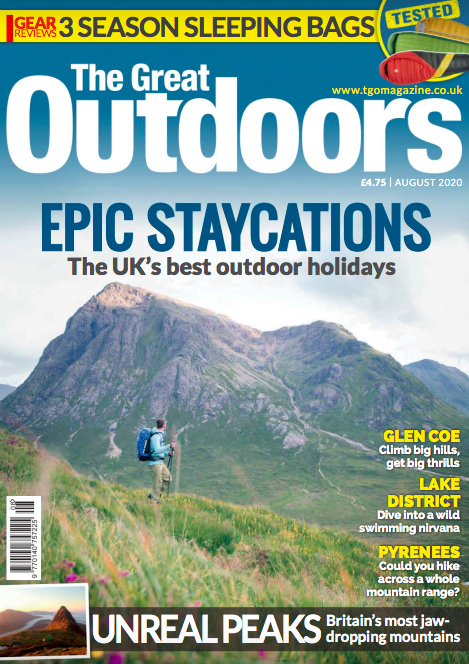 Subscribe to The Great Outdoors
Subscribe to The Great Outdoors
The Great Outdoors is the UK’s original hiking magazine. We have been inspiring people to explore wild places for more than 40 years.
Through compelling writing, beautifully illustrated stories and eye-catching content, we seek to convey the joy of adventure, the thrill of mountainous and wild environments, and the wonder of the natural world.
Want to read more from us?
- Get three issues of the magazine for £9.99, saving 30% with free UK home delivery.
- Take out a full subscription at just £15 for your first six issues.
- Order the latest issue and get it delivered straight to your door for no extra cost.
- Catch up on content you may have missed by buying individual back issues with free postage and packaging.

